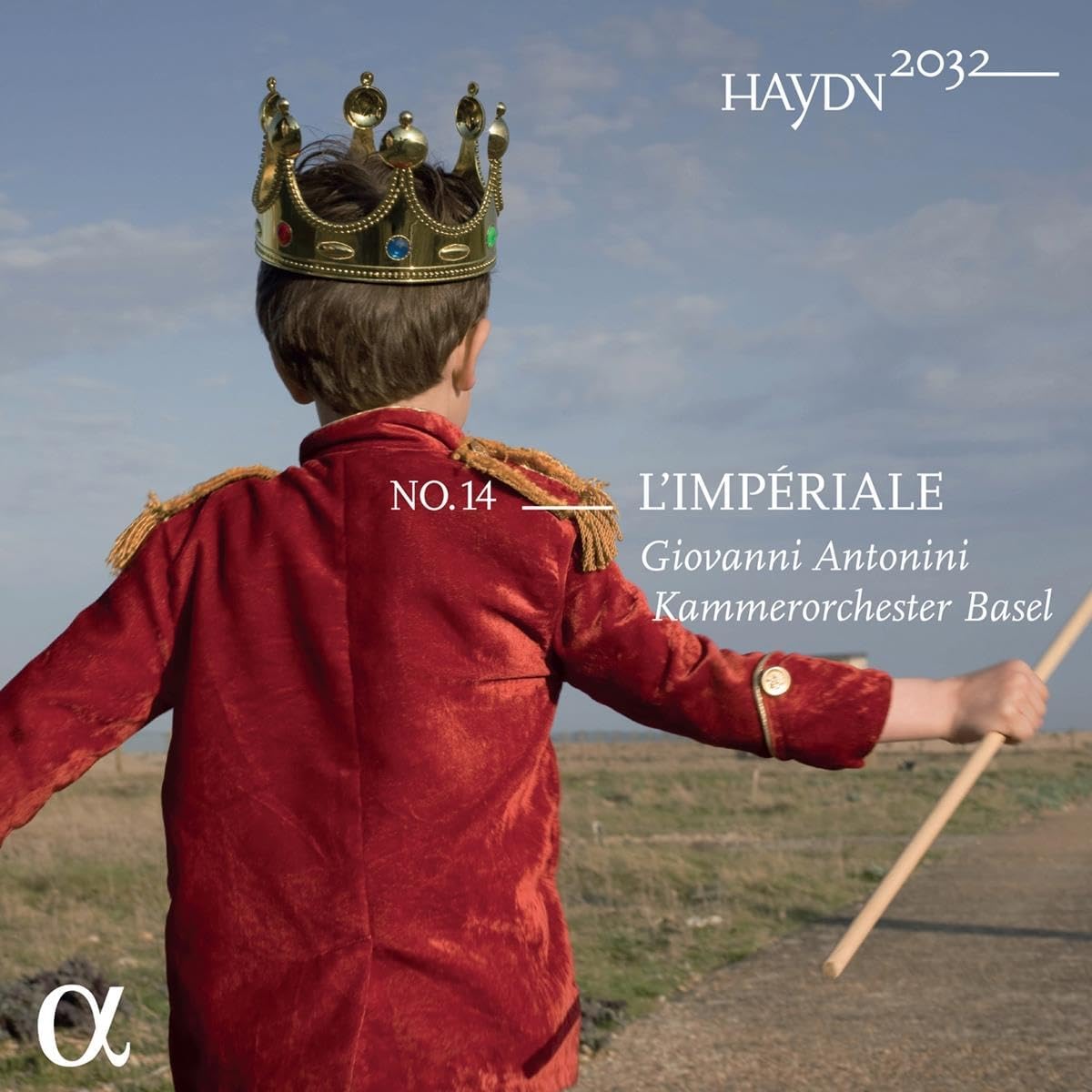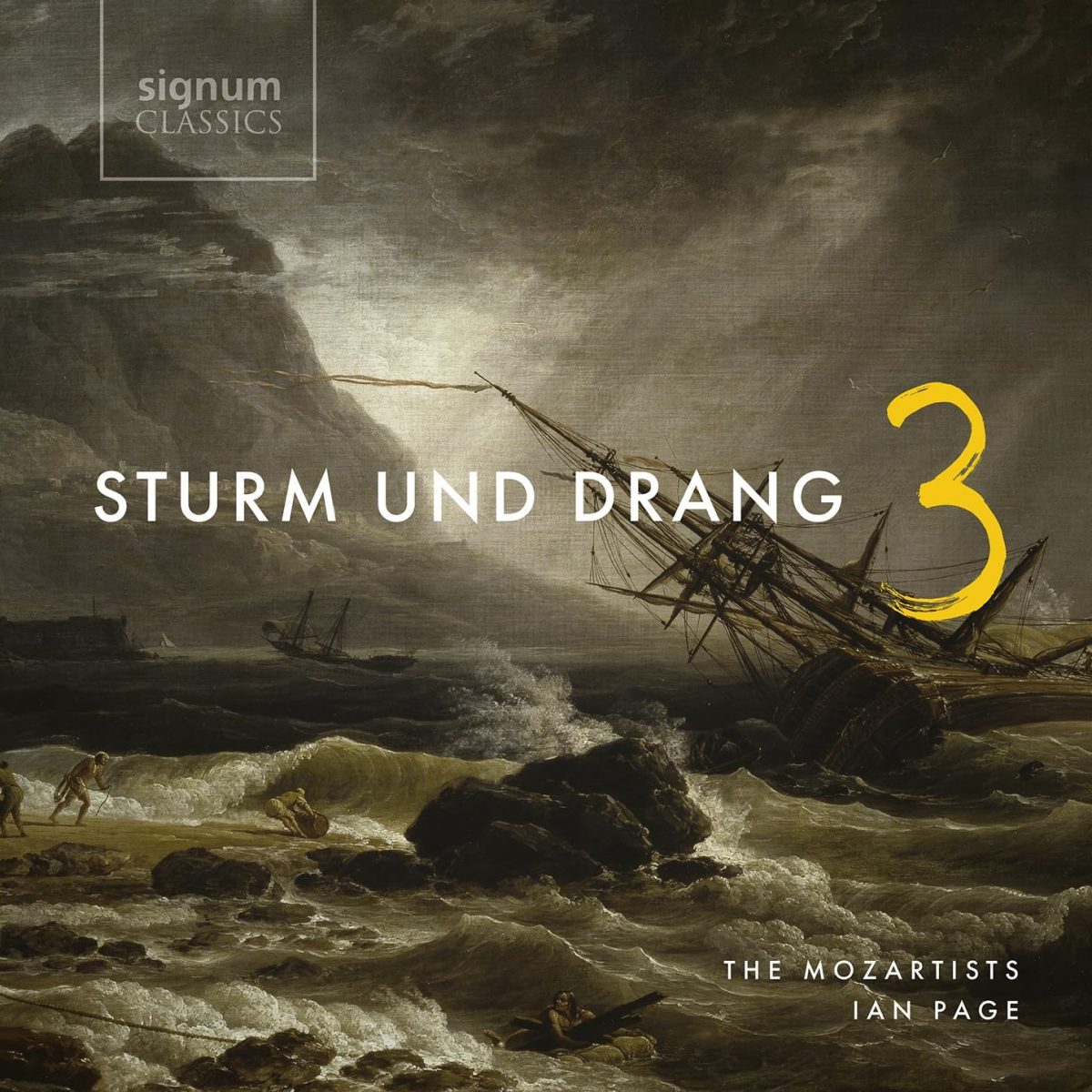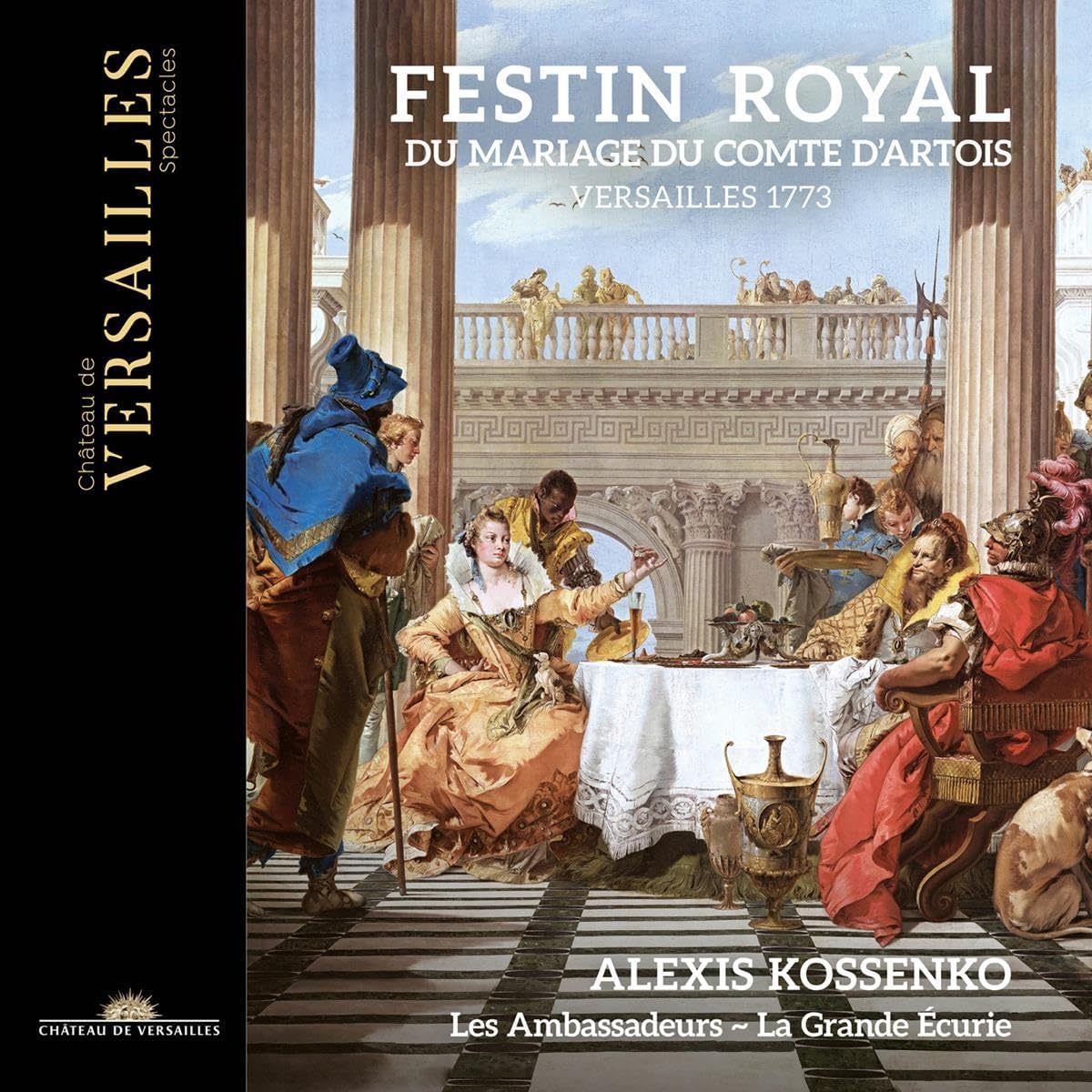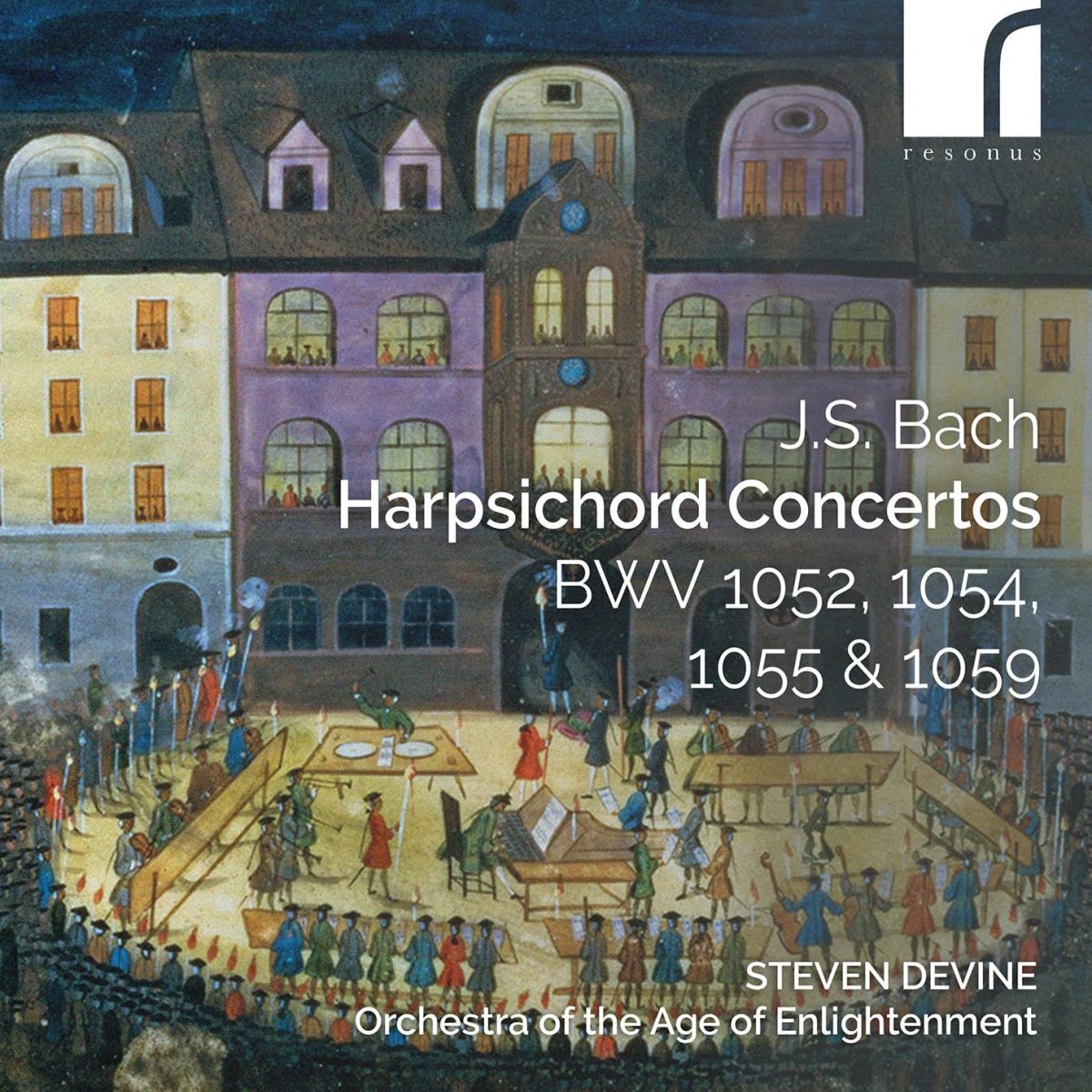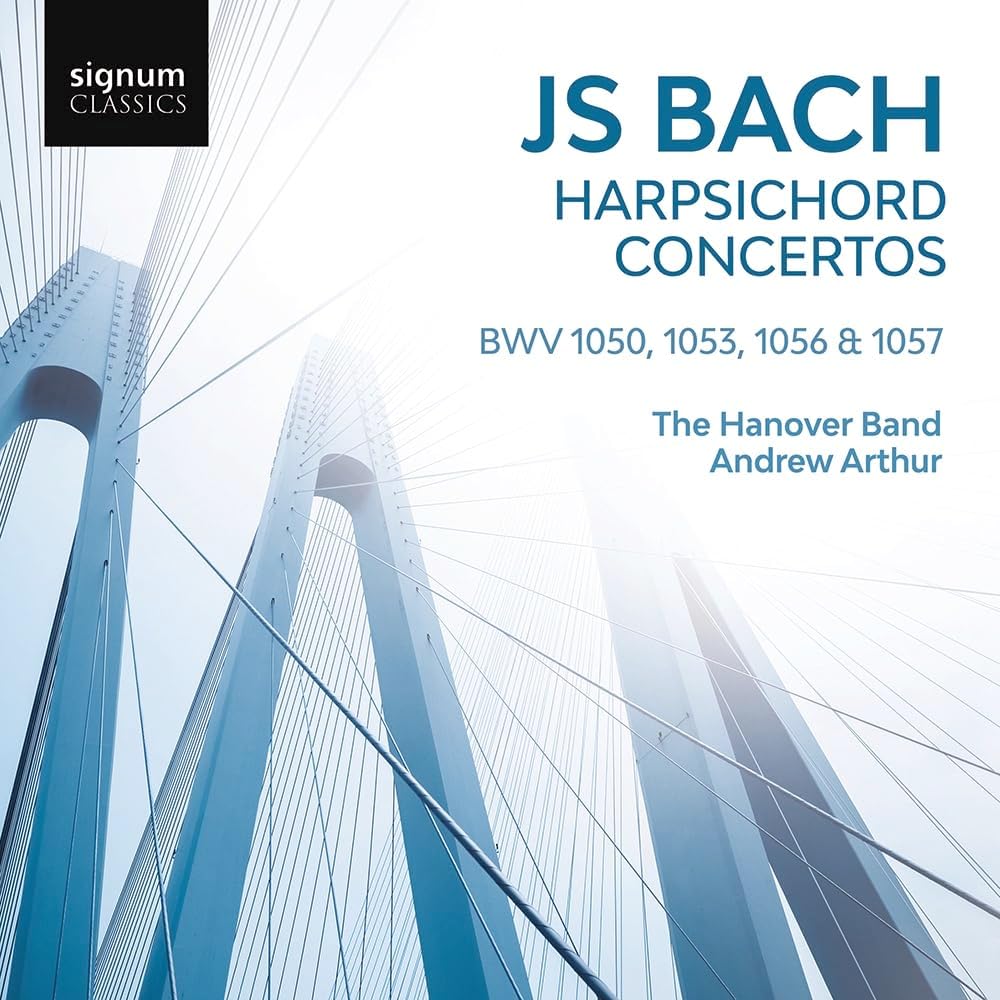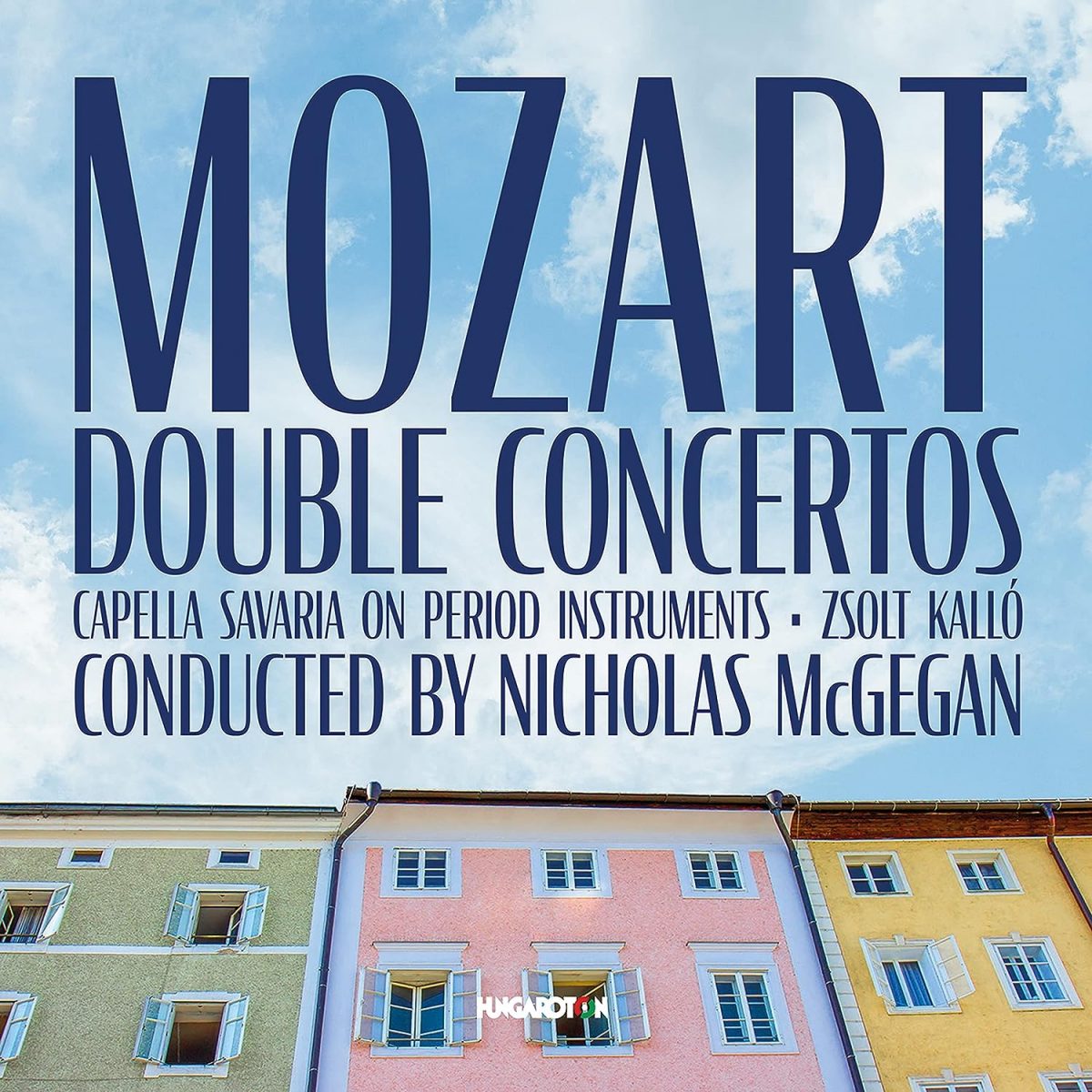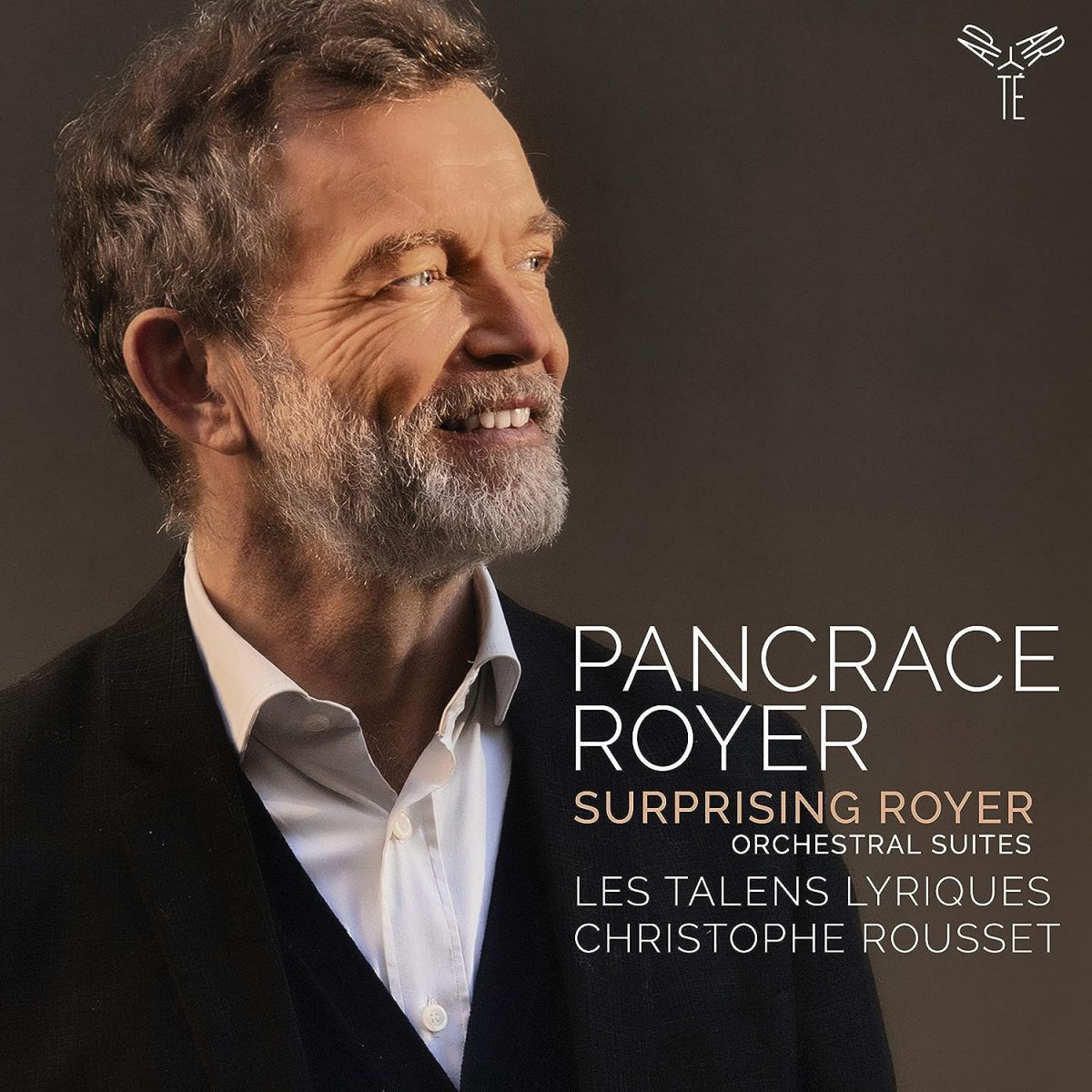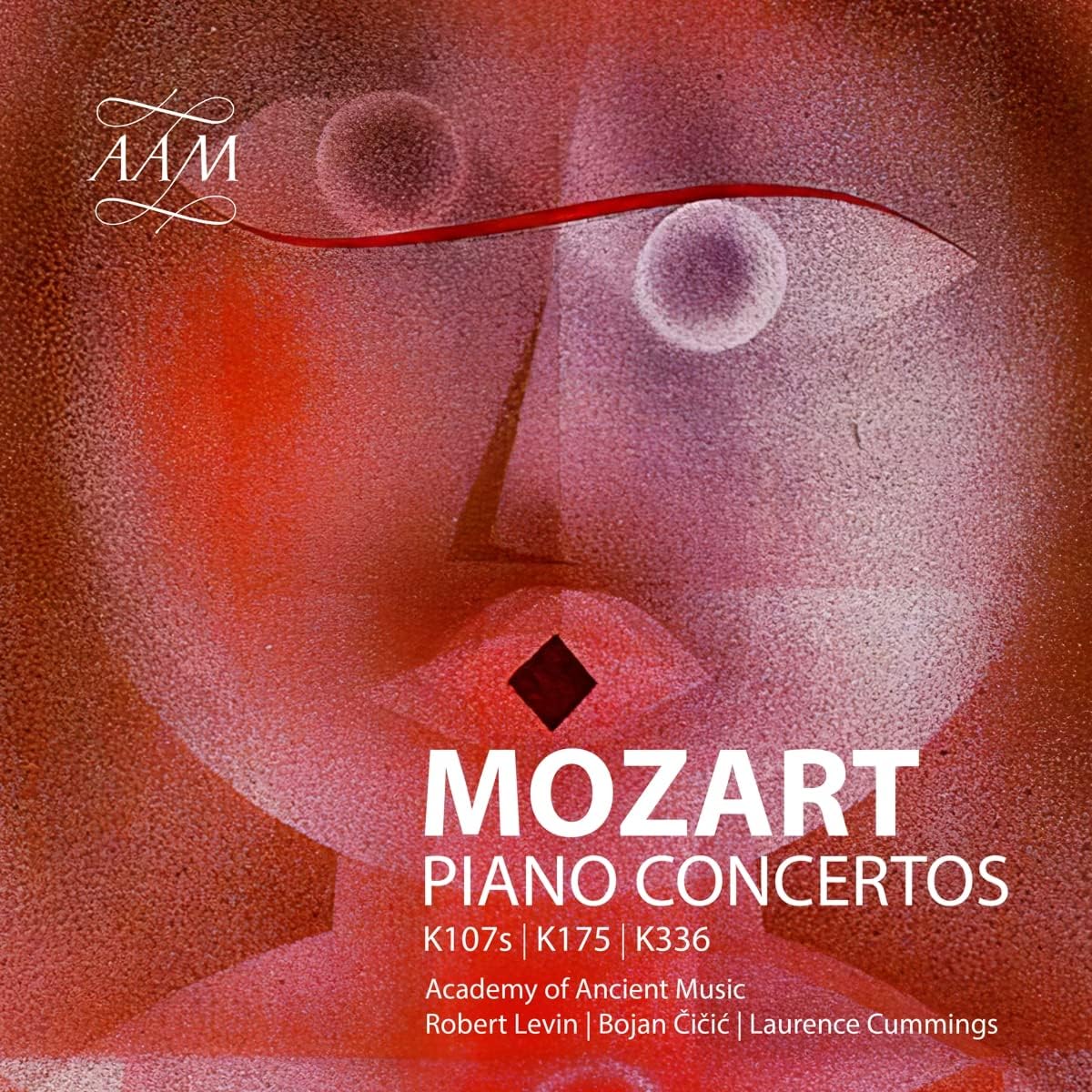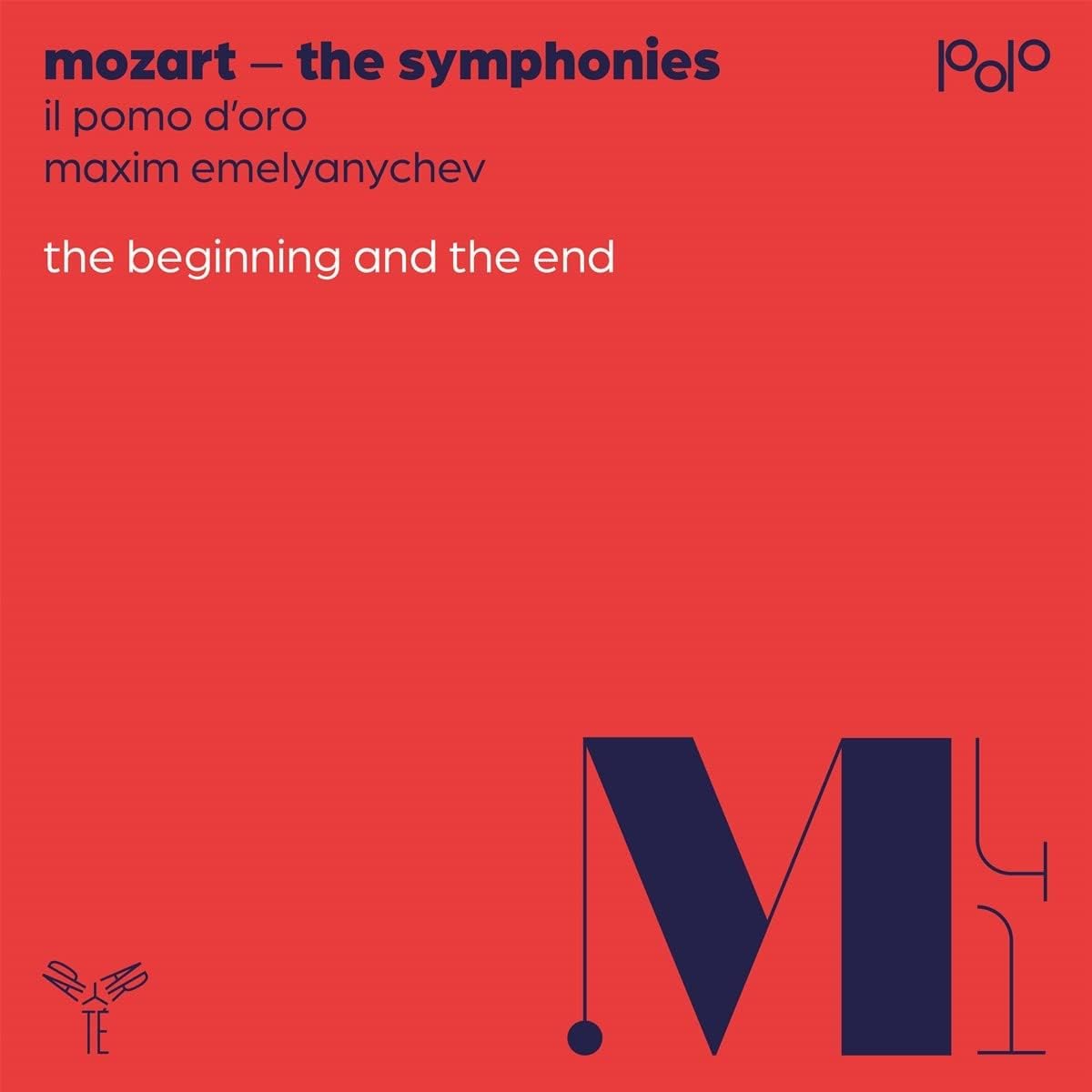Robert Levin, Academy of Ancient Music, Laurence Cummings
62:33
AAM 042
The Academy of Ancient Music’s complete recordings of the Mozart piano concertos with Robert Levin is a project begun in 1994 under the direction of Christopher Hogwood and resumed in the 2020s, now under the direction of Laurence Cummings, in which the latest scholarship is combined with state-of-the-art period performance. For volume 10, we return to Mozart’s earliest essays in the genre, a movement from Nannerl’s Music Book reconstructed by Levin, the composer’s three concertos K107 based on J C Bach Sonatas and his first completely original Concerto K175 no 5. Famous for his quest for authenticity as a keyboard player specialising in the music of the 18th century, Levin’s flair for embellishment is given full rein here – I remember him explaining to me at a concert (only partly in jest) that he had the musical notes in front of him on his piano mainly so that he knew what to avoid in his embellished versions. The radical approach of this project is further manifest in the fact that no piano features in the making of the CD! In the extensive and lavishly presented programme notes, Cliff Eisen makes a very cogent case for the K175 concerto having been intended for performance on organ, and this imaginative piece flamboyantly scored by the young Mozart fresh from a visit to Mannheim for horns, trumpets, timpani, oboes, bassoon and strings works very well as an organ concerto. The solo instrument is the recently restored George England in Christ’s Chapel in Alleyn’s College of God’s Gift, Dulwich, which offers a range of characteristic stops which bring this lovely music to life. If the geography of the chapel just occasionally takes the edge off the crispness of this performance compared to an account on fortepiano, the colour palette more than compensates. In similar vein for the G major fragment and the K107 concerti Levin very convincingly employs a harpsichord, a 2013 copy by Alan Gotto of an instrument of around 1770 by Johann Heinrich Silbermann of Strasbourg. It is interesting that having composed them in his teens in 1773, Mozart continued to perform these concertos on tour, clearly enjoying their freshness and originality. The influence of Mannheim and the revolutionary Stamitzes is never far from this music, while J C Bach’s sonatas provide a useful framework and springboard for the developing young composer. Levin and the AAM provide beautifully nuanced accounts, crisp and fresh but also thoughtful and profound. For a brief bonus track Levin returns to the organ for no 17 of Mozart’s K336 church sonatas, a set of effervescent works in which I have observed elsewhere Mozart’s originality found perhaps its most unfettered expression. With its rippling cadenza and its dynamic interaction between soloist and ensemble, it provides the perfect sign-off for this excellent CD.
D. James Ross

